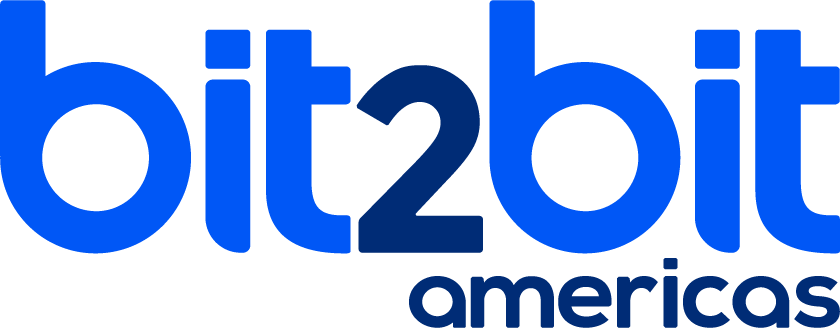Success stories
Implementation of the request
management process for the legal
area of Estrella Roja.
Estrella Roja, an important Mexican transportation company, transforms its
request management with Jira Service Management, by the hand of bit2bit
Americas.
Customer

Name
Estrella Roja
Clients
+250,000
Sector
Transporte
Location
México
Collaborators
1,850
Business Need
The legal team of Estrella Roja used to receive a high number of requests from both external and internal clients of the organization and had been using e-mail as a technology tool, just as many work teams do nowadays. In this context, it required a considerable effort or it was just not possible to have a detailed follow-up of the requests, know if the time of attention was adequate, manage the assignments of the requests in an optimal way, etc. In other words, there was an opportunity to improve the process that would have a direct positive impact on the satisfaction of external and internal customers and, therefore, on Estrella Roja. In addition, it was necessary to have indicators and reports that would allow making operational decisions, as well as identifying future opportunities to improve the request management process.
Solution
As a first step we created a service catalog to classify the different types of requests and to be able to define the information, process, response times, etc. specific to each type of request. This exploration and redefinition of the process was done jointly: On one hand, the Estrella Roja team who were the experts in the business process; and on the other hand, the bit2bit Americas team with expertise in implementation of service management processes and technology platform. As a result, the solution implemented in Jira Service Management allowed to have a fully controlled process, measurable and therefore able to make decisions and implement improvements.
Why bit2bit Americas?
We were selected for this project due to the fact that bit2bit Americas has experience in multiple implementations of ITSM processes (requests, incidents, etc.) for both IT and business teams. Also, our specialists, besides the experience, have official training in frameworks such as ITIL, as well as the official training of the Atlassian brand in ITSM and Jira Service Management, part of the reasons why we have the Atlassian ITSM Specialized. Moreover, the number and satisfaction of customers in which we have performed these types of implementations supports us solidly.

